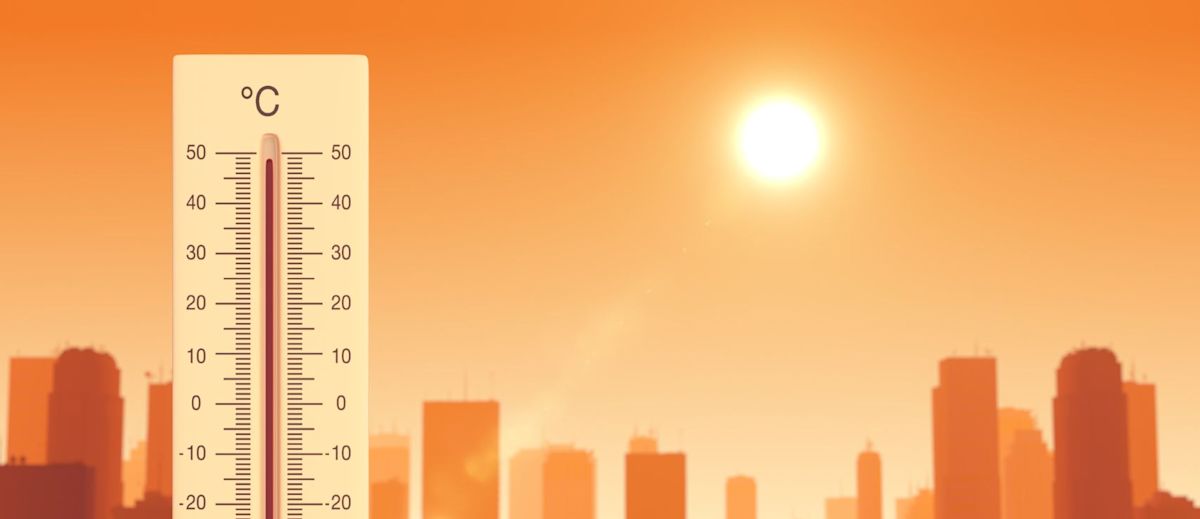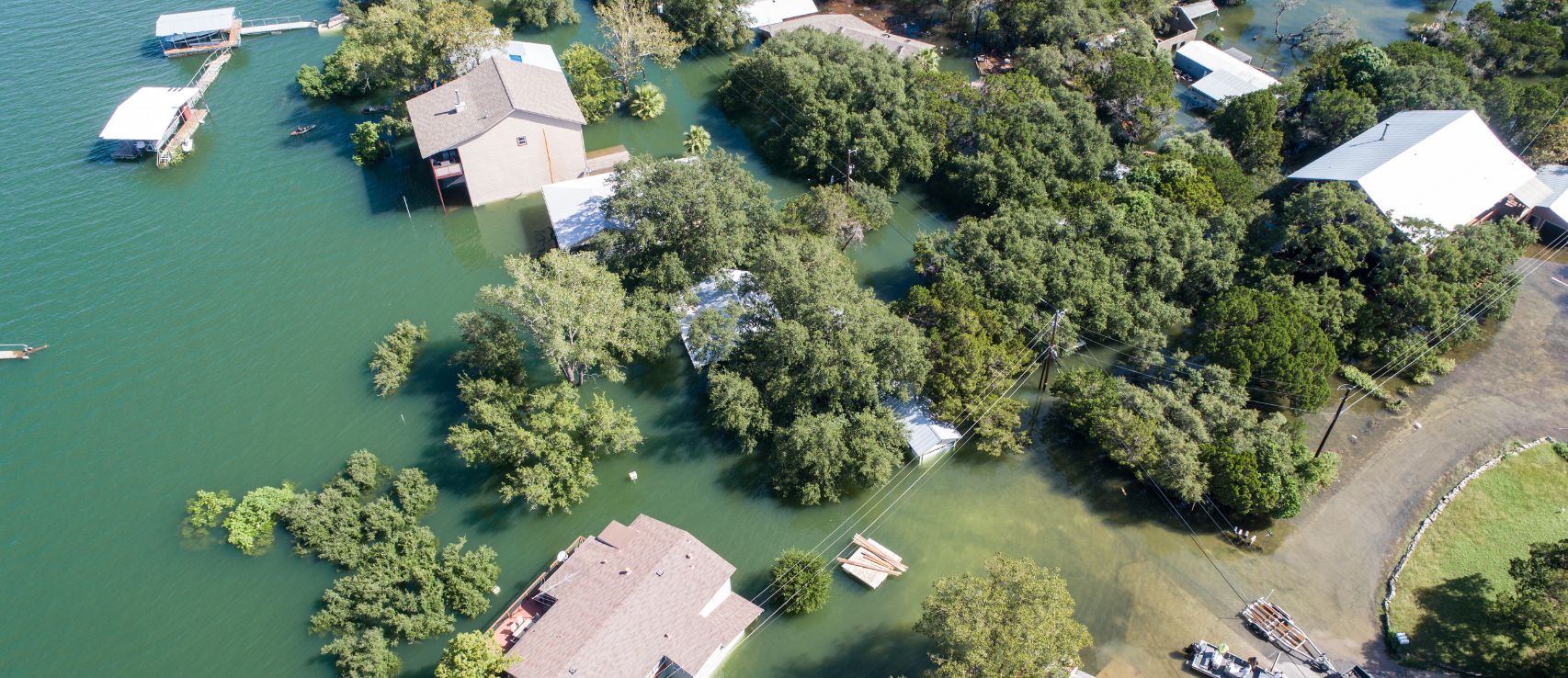
Climate change isn’t just an environmental issue—it’s reshaping the cost of homeownership in New Zealand. Rising insurance premiums, shrinking coverage options, and even uninsurability in high-risk areas are becoming increasingly common. For Kiwi homeowners, it’s no longer a question of whether climate risks will affect your finances, but when. If your premiums have crept up—or taken a leap—you’re not alone. In Wellington, annual house insurance premiums now average $4,446, compared to $2,210 in Auckland, according to our data. This stark difference underscores how regional climate risks are driving up costs. Let’s explore.
Why homeowners should care
Imagine this: You own a $1 million house in Petone, Wellington. Just 10 cm of additional sea-level rise could turn a one-in-100-year flooding event into a one-in-20-year occurrence. Even worse, one climate economist projected that annual insurance premiums for a property like this could surge from $1,500 to a staggering $100,000 within two decades as insurers grapple with increasing climate risks.
This isn’t just a Wellington problem. Across New Zealand, climate risks are reshaping the landscape:
Coastal regions like Auckland’s North Shore face increasing storm surges.
Flood-prone areas like Hawke’s Bay and Canterbury are experiencing more frequent inundations.
Fire-prone zones in Otago and Marlborough are dealing with hotter, drier summers.
Understanding how climate risks impact your insurance can help you make smarter decisions. For more context, check out Why Are House Insurance Premiums Increasing to learn about the drivers of rising premiums.
How climate change is driving up costs
So, how exactly are climate risks impacting your premiums? Let's break it down.
1. Regional premium disparities
The Quashed Index highlights significant regional differences in insurance costs:
House Insurance: Wellington leads with $4,467 yearly costs, followed by Canterbury at $2,655. Aucklanders enjoy the lowest rates at $2,104.
Contents Insurance: Wellington again tops the chart at $1,054, far above Auckland’s $755.
Car Insurance: Auckland residents pay $1,579, compared to $1,193 in Wellington.
But these averages don’t tell the whole story. Risk-based pricing is playing an increasingly significant role in shaping premiums. Insurers like Tower assess location-specific natural hazards, construction materials, and property features to set premiums.
2. Rising premiums and shrinking options
The Premiums Under Pressure report, by Kali Mercier and WSP highlights growing uninsurability risks for over 10,000 properties nationwide. Additional factors driving costs include:
Natural disasters and claims: The frequency of disasters, such as Cyclone Gabrielle, increases claims, driving up costs.
Reinsurance Costs: Rising global reinsurance premiums are passed down to homeowners.
Government levies: Premiums also include levies for Fire and Emergency New Zealand and the Natural Hazards Commission.
Lessons from overseas
New Zealand isn’t alone in facing these challenges. Other countries are taking steps to address the rising costs of climate-driven insurance risks.
United States: Facing uninsurability and real estate shifts
In the U.S., states like California and Florida are grappling with soaring premiums driven by wildfires, hurricanes, and floods. In some areas, insurance has become so expensive that entire neighbourhoods are deemed uninsurable (California Department of Insurance, 2023).
A 2023 study by the Environmental Defense Fund estimated that flood-zone properties in the U.S. are overvalued by up to $237 billion, creating financial vulnerabilities for homeowners and the broader housing market.
Takeaways for NZ: New Zealand could adopt state-backed insurance programs for high-risk areas, similar to California’s state pools. Addressing overvaluation in flood-prone zones would also protect buyers from taking on unsustainable financial risks.
Europe: Subsidies and managed retreats
The UK’s Flood Re program subsidises premiums for properties in high-risk areas through a levy on insurers. While this provides temporary relief, critics argue it delays much-needed climate adaptations.
Meanwhile, the Netherlands’ “Room for the River” program takes a proactive approach by reallocating land for natural flooding, protecting communities while minimising long-term property damage.
Takeaways for NZ: Temporary subsidy programs could ease financial pressures on high-risk homeowners, but they must be paired with forward-thinking policies. Managed retreat strategies, as demonstrated in the Netherlands, offer valuable lessons for New Zealand’s coastal communities.

What should home buyers think about?
For prospective buyers, choosing the right property now includes understanding climate risks and their impact on long-term affordability. Here are some critical considerations:
Research risk zones: Use hazard maps from local councils to check if a property is in a floodplain, coastal erosion area, or high-risk earthquake zone.
Get insurance quotes early: Knowing the potential premium costs for a property can help you budget more effectively. You can do this with Quashed.
Future-proof your investment: Consider properties built with resilience in mind, such as elevated structures or homes using flood-resistant materials.
Think long term: A property that is affordable today could face large premiums—or become uninsurable—within a few decades as risks increase.
What can existing homeowners do?
For those already living in high-risk areas, there are practical steps to mitigate costs and protect their homes:
Keep your insurance up-to-date: Double-check that your sum insured matches what it would cost to rebuild your home. Regular reviews can prevent nasty surprises if disaster strikes.
Make your home resilient: Small upgrades can go a long way in protecting your property. Add flood barriers or raise appliances if you live in a flood-prone area. Use fire-resistant materials, keep flammable vegetation away from your home, and choose water-permeable paving to help reduce runoff during heavy rain.
Know the risks in your area: Keep tabs on hazard maps and local updates to understand how risks might change where you live.
Push for bigger changes: Support better land-use planning and investment in infrastructure that can help everyone handle climate risks more effectively.
How Quashed can help
We know dealing with climate risks and rising insurance costs isn’t easy—but where here to help.
Quashed makes insurance simple and transparent for Kiwi homeowners. With Quashed, you can:
Easily compare real-time quotes from multiple providers in one place to find the best fit for your home and budget.
Explore money saving options like adjusting your excess or sum insured.
Help you review and refine your existing policy to make sure it meets your needs.
Join over 45,000 Kiwis who are already saving on their premiums. Get a free, no-obligation quote in minutes.
Further reading
Enjoy these great reads:
Why Are House Insurance Premiums Increasing?: Breaking down key factors pushing costs higher.
House Insurance: A Homeowner’s Guide: A complete guide to house insurance in New Zealand,
Rising House Insurance Costs in NZ: A deeper look at why premiums are increasing.
How to Compare House Insurance Quotes in NZ: What to look for when choosing cover.
Landlord Insurance: Insuring Your Rental Property: A guide for landlords.
The Average Cost of House, Car, and Contents Insurance in NZ: Trends in insurance costs.
Top House Insurance Questions Answered: A collection of the most common house insurance FAQs.
FAQs
Will some homes become uninsurable due to climate risks?
Insurance for homes in high-risk areas—such as flood zones and coastal regions—is becoming more selective. Some properties may face higher premiums, modified coverage terms, or limited availability of full insurance. Insurers regularly update their risk models, meaning availability may change over time.
To improve insurability, consider installing flood protection measures, reinforcing your home, or exploring government-backed insurance options. For the most accurate assessment, check with your insurer and review official hazard maps.
What steps can I take if I live in a flood-prone area?
Living in a flood-prone area does not automatically mean you cannot get home insurance, but insurers may assess risks differently. Taking proactive steps can sometimes help improve eligibility and mitigate costs. Consider:
Installing flood barriers, sump pumps, and raised electrical outlets.
Keeping gutters and storm drains clear to improve drainage.
Checking for government flood mitigation programs or council assistance.
Consulting insurers about risk-reduction incentives.
While these actions may strengthen your case for insurance, coverage and pricing ultimately depend on the insurer’s policies and ongoing risk assessments.
How can I check if my area is considered high-risk?
To determine if your property is classified as high-risk, use multiple sources for the most comprehensive information:
Government hazard maps – Many New Zealand councils provide public flood and climate risk assessments.
Insurer risk tools – Some insurers offer online resources to estimate your home’s risk profile.
Local council reports – These often include data on climate impact, sea level rise, and flood zones.
Historical claims data – Areas with frequent weather-related insurance claims may have a higher perceived risk.
Since risk assessments vary by insurer, contacting providers directly is the best way to understand your specific coverage options.
This article provides general information only and does not constitute insurance or financial advice. Insurance policies vary between providers, and you should check with your insurer or a licensed adviser for guidance specific to your situation. For full details, refer to Quashed’s terms and conditions.

